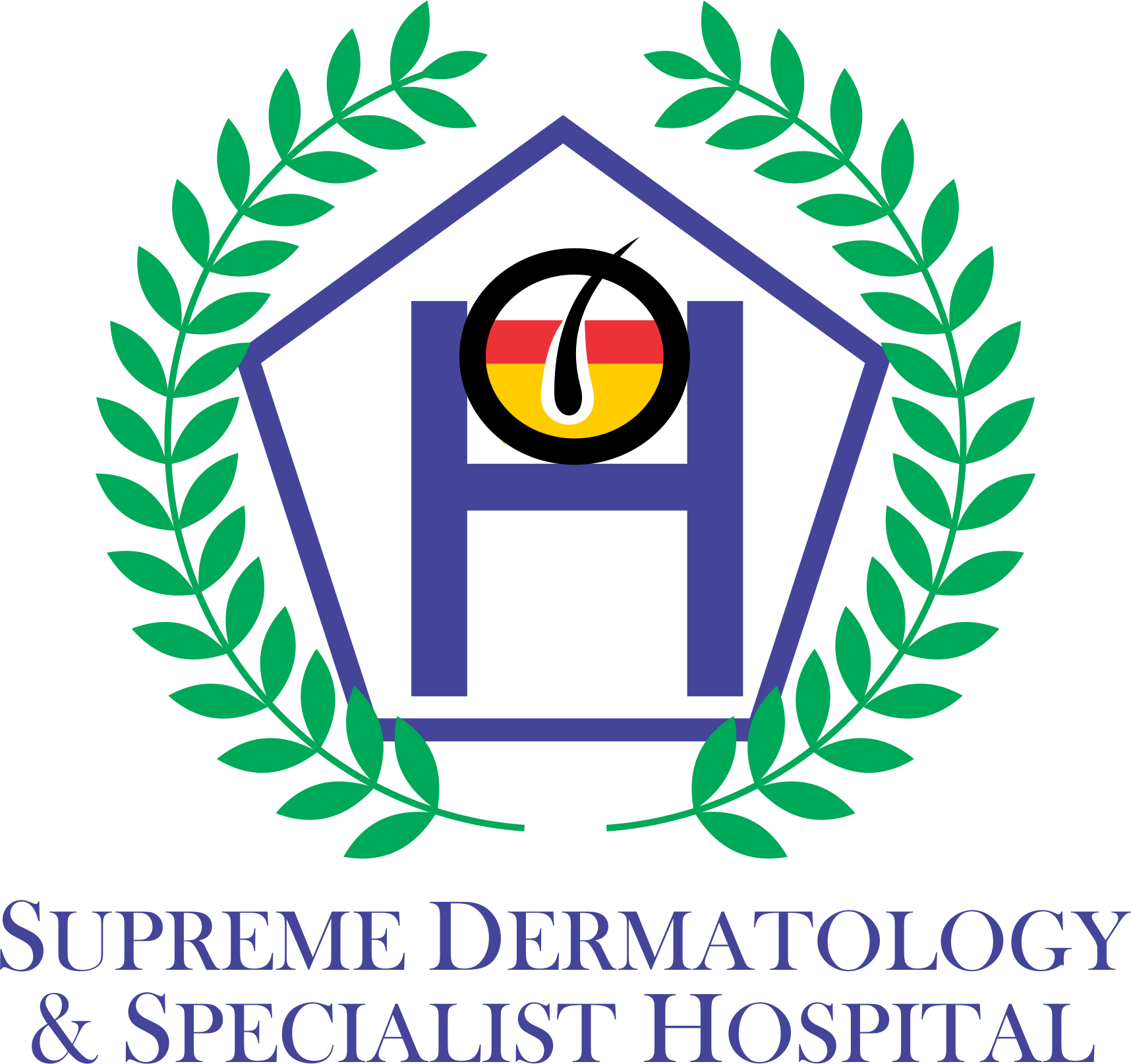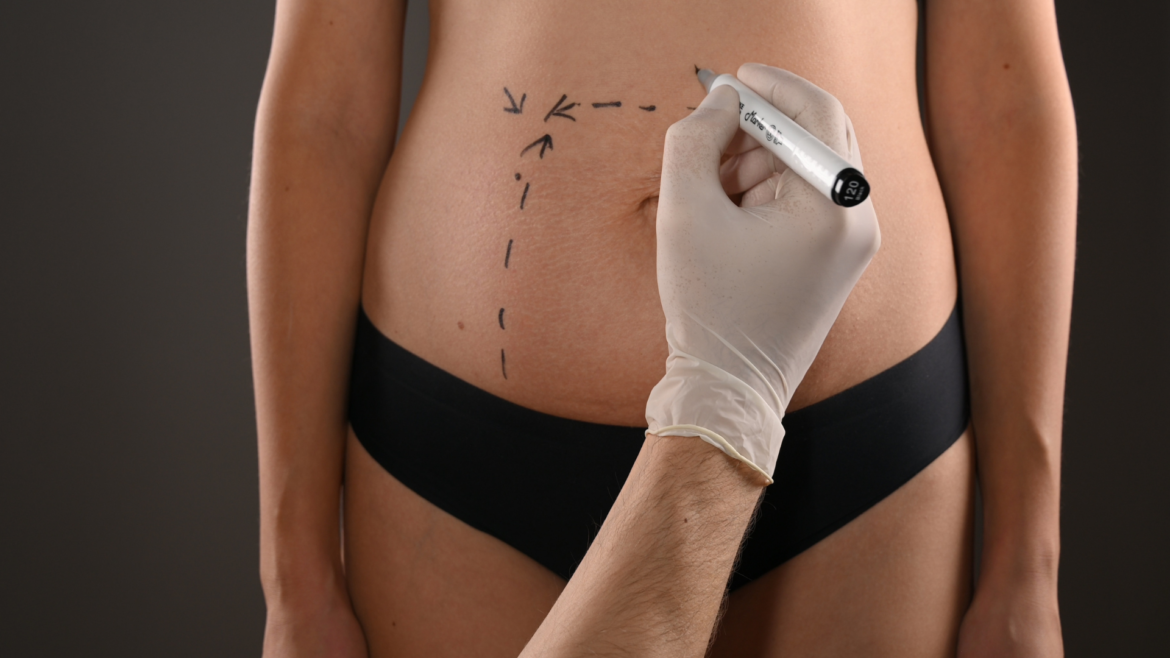Plastic surgery alters certain areas of your body to treat medical issues or enhance appearance. Surgeons might perform procedures on your face, neck, breasts, stomach, arms and legs. Reconstructive surgery repairs defects or injuries and restores function. Cosmetic surgery enhances appearance for nonmedical reasons. Also, there is reconstructive surgery which repairs defects or injuries from trauma. It also restores function and a natural-looking appearance.
You may need this type of surgery if you have:
- Birth defects, such as webbed fingers, cleft lip and palate.
- Burns.
- Certain medical conditions, like head and neck cancer or breast cancer.
- Scars that prevent natural movement.
- Severe injuries, like cuts or tears over large areas of skin.
Our Plastic surgeons perform plastic and reconstructive surgery which includes and not limited to the following:
- Facelift– Rhytidectomy, a surgical procedure commonly known as a facelift, involves the removal of excess facial fat, the tightening of facial muscles, and the stretching of facial skin to approximate a smoother, firmer facial appearance. The procedure takes place on either the face, neck, or both.
- Brow/forehead lift– A forehead lift is the surgical removal of excess fat and skin, as well as a tightening of the muscles in the forehead area. It can correct sagging brows or deep furrows between the eyes. It is often done in conjunction with a facelift, in order to create a smoother facial appearance overall.
- Eyelid lift– The tone and shape of eyelids can loosen and sag with time. An eyelid lift, or blepharoplasty, can correct this. During the procedure, your physician surgically removes excess fat, muscle and skin from both the upper and lower eyelids to redefine the shape of the eye.
- Upper eyelids: Excess skin in the upper eyelids can result in a tired appearance or can result in difficulty seeing the top portion of your field of vision. Sometimes, blepharoplasty surgery for the upper eyelid is for cosmetic reasons, while in other cases the surgery is medically necessary to allow you to see well.
- Lower eyelids: Blepharoplasty in the lower eyelid is usually a cosmetic procedure to improve the shape, contour and appearance of loose skin, bulging fat and irregular shape.
- Ear pinning– Ear surgery, or otoplasty, is a type of cosmetic plastic surgery procedure aimed at setting prominent ears closer to the head, or reducing the size of larger ears.
However, there are other ear problems that can be helped with surgery, including the following:
- Lop ear – when the tip of the ear folds down and forward.
- Cupped ear – a very small ear.
- Shell ear – when the curve in the outer rim, as well as the natural folds and creases, are missing.
- Large or stretched earlobes
- Lobes with large creases and wrinkles
- Chin, cheek, or jaw reshaping – Cosmetic plastic surgery to change the shape of the chin, cheek, or jaw may be performed. This procedure is typically done to enhance certain facial features, or to bring a certain aspect of the face into proportion with the rest of the face.
- Cleft lip and cleft palate– Cleft lip is an abnormality in which the lip does not completely form during fetal development. The degree of the cleft lip can vary greatly, from mild (notching of the lip) to severe (large opening from the lip up through the nose). As a parent, it may be stressful to adjust to the obvious abnormality of the face, as it can be very noticeable.
- Breast reconstruction– When you are considering breast reconstruction, you may have more options than you realize. Thanks to our experts in reconstructive surgery, you have the option of choosing how you want to look after breast cancer treatment.
- Breast reduction in men with gynecomastia– Gynecomastia is overdevelopment of the male breast. In response to too much estrogen (a female hormone) or too little testosterone (a male hormone), the glandular tissue of the breast swells and forms a breast bud (enlarged breast).
- Tummy tuck(abdominoplasty)- Abdominoplasty, commonly known as a “tummy tuck” is a procedure that minimizes the abdominal area. During the procedure, the surgeon removes excess fat and skin. A less complex procedure is a partial abdominoplasty, or “mini tummy tuck.” Partial abdominoplasty is ideal for patients who have fat deposits limited to the area below the navel.
Tummy tuck: Recovery
After the surgery, here’s what you can expect:
- Side effects: You may experience some short-term side effects including a swollen or painful abdomen.
- Healing: The healing is a slow and gradual process. It may take weeks or months to reach a full recovery.
- Scars: At first, the scars may appear to get worse, especially during the first three to six months as they heal. It can take up to a year for scars to flatten out and lighten in color, although they may never completely disappear.
- Complications: Possible complications from the procedure include:
- Scarring: There may be scarring if the incision area does not heal properly. We can often correct this with a second operation.
- Surgical complications: As with any surgery, there is a risk of infection, blood clots or reaction to the anesthesia.
- Liposuction– Liposuction is a procedure that removes excess fat through a suctioning process. Although it is not a substitute for weight loss, it is a way of changing the body’s shape and contour.Women usually have liposuction performed under the chin, on the hips, thighs, and stomach, and in the under arm and breast areas. Age is not a major factor, although older persons with diminished skin elasticity may not have the same results as persons with tighter skin.
- Chemical peel– We use food sugars and other carefully chosen chemicals to safely peel away some of your old skin, leaving new skin that may be smoother and less wrinkled. In many cases, treatment may require multiple peels. This treatment is designed to enhance the appearance of your skin. For some people, the treatment may help enhance self-confidence too.
- Dermabrasion / dermaplaning– dermabrasion involves the surgeon utilizing a high speed rotating brush to remove the top layer of skin. The size and depth of the scars, as well as the degree of wrinkling, determine the appropriate level of skin that will be surgically sloughed. Dermaplaning is used to treat deep acne scars with a hand-held instrument called a dermatome. The dermatome resembles an electric razor and has an oscillating blade that moves back and forth to evenly “skim” off the surface layers of skin that surround the craters, or other facial defects.
- Collagen/fat injectable fillers– Collagen/fat injectable fillers, also called soft-tissue augmentation, is a cosmetic plastic surgery procedure performed to correct wrinkles, depressions in the skin, and/or scarring. The procedure involves injecting a substance (collagen and/or fat) into the skin in order to plump or fill-up the area being treated.
The result of the procedure is usually not permanent and touch-up injections may be needed every three to 12 months. For some, however, the collagen injections can stimulate the body’s own production of collagen, lengthening the time necessary between follow-up injections.
- Scar revision– A scar revision is a procedure performed on a scar to alter the appearance of the scar. The revision may improve the appearance of the scar or restore function to a part of the body that may have been restricted by the scar. It is important to remember that scars cannot be completely removed.


